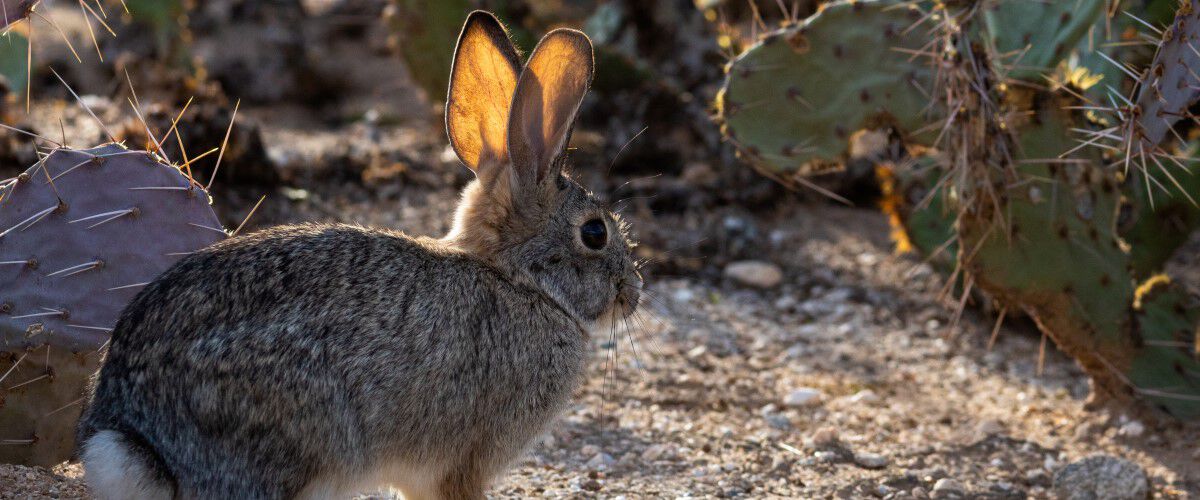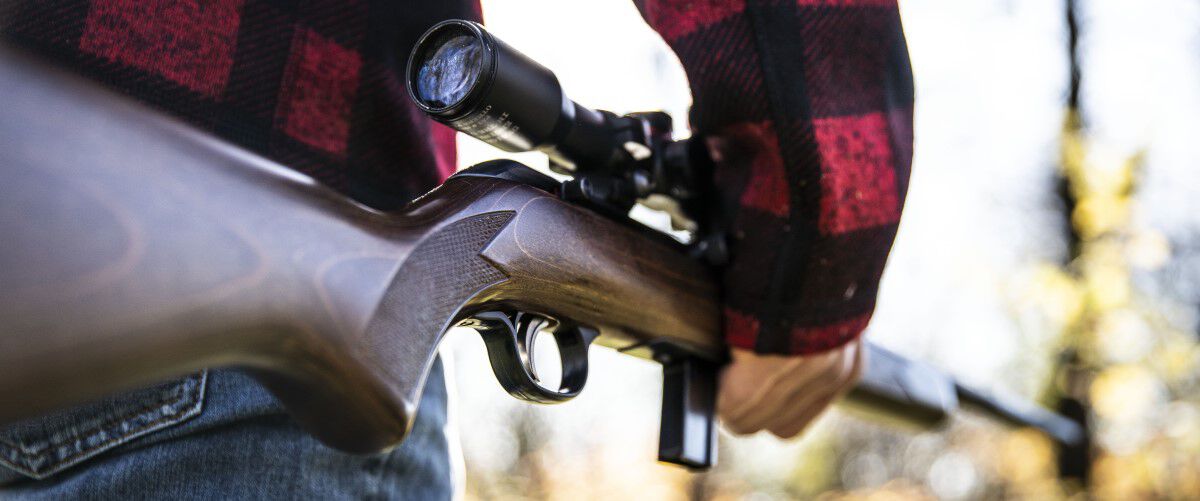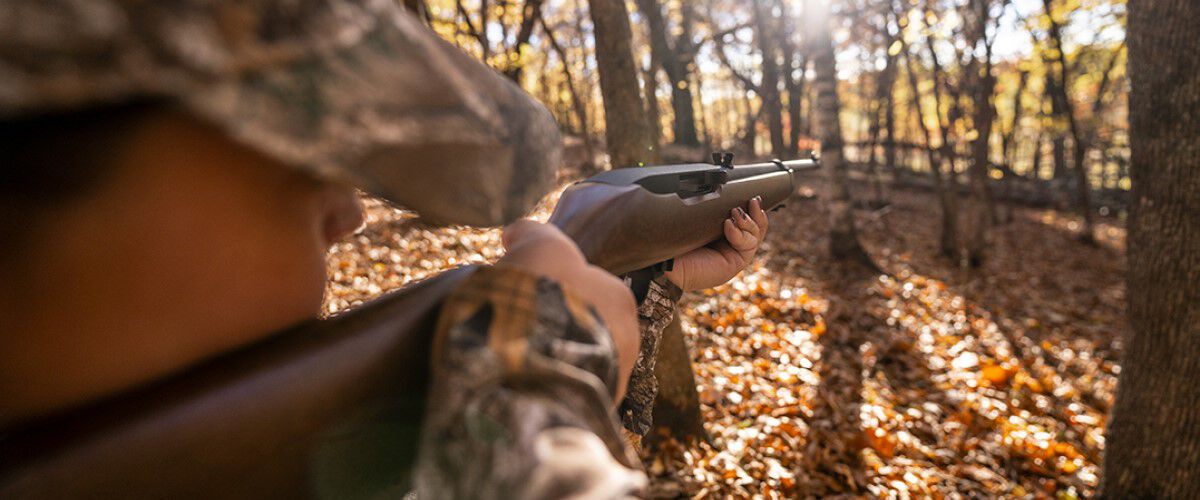Down The Rabbit Hole
By Jace Bauserman

In today’s hunting world, big deer are king. Awesome. I love them, too. The problem, especially for many youths as well as new adult hunters is big deer are hard to come by. Even cagey veteran hunters who own or have access to prime whitetail paradise often struggle to consistently kill big deer.
Still, those new to the hunting world see the praise gagger-buck killers get on social media and start to think that’s what hunting is about. For many, this thought process leads to burnout. New hunters purchase a litany of gear and head to the woods with Boone & Crockett hopes. Most of the hopes are quickly dashed.
Guess what? Most hunters didn’t get their start chasing bucks. Many kicked off their outdoor careers chasing waterfowl, upland birds and rabbits—lots and lots of rabbits.
I love rabbits. Why? Side of making great table fare, these fur balls abound throughout the country. Gear needs are minimal, and often, a little door knocking will still gain the willing hunter permission to private dirt. And if that door knocking mission gets shot down, rabbits are easily found on public land tracts from east to west.
The Gear
Roll this around in the hamster wheel: The average cost of gear needed to hunt whitetailed deer is $1,800. That’s supposed to include a rifle, ammunition, license, backpack, clothing, boots, knives, game bags and more—personally, I think $1,800 is lowballing a bit. Waterfowl and upland pursuits are the same. Hunters need decoys, blind bags, dogs and a lot of other gear. Yikes.

Rabbits are different. Of course, you can get as gear heavy as you want, and at some point, you might get really addicted to the sport and start running dogs. But until then, all you need is a 22 rifle, ammo, boots, jeans and an orange vest with a game pouch. Cheap. Fun. Easy.
Rabbit Hotspots
Cottontail haunts aren’t hard to find. If you live in the West, grassy pasture with pockets of sage and cactus can hold lots of rabbits. Another western hotspot is cedar-choked canyon country. Cedars provide good cover from predators and the grassy landscape gives bunnies plenty of forage. Tumbleweed lined fence rows and old, grow-in homesteads make great rabbit hideouts as well.

Midwestern hunters as well as those east of the mighty Mississippi will want to keep an eye on agricultural fields that give way to wood lots—both big and small. Areas with good cover in close proximity to popular rabbit food sources like clover, wheat, soybeans and alfalfa make great areas. Powerline and railroad right-of-ways can also be money.
Take A Spin
One of my favorite methods for locating rabbits, regardless of where I’m hunting them, is to take an evening drive. Pull up your phone’s mapping app and cruise some backroads. If rabbits are in the area, you’ll see them out and about. They will be crossing roads and moving along bar diches and the like. Take where you’re seeing large concentrations of rabbits and then note the thickest nearby cover. Hunt that cover the following morning and you’ll have a game bag full of fur.
Snow Rules
Snow was made for hunting rabbits. After a fresh blanket of white, burn the boot leather. Rabbits will be active during the night and tracks in the snow will be fresh. Get on tracks and start working through them in both open areas and cover. Keep an eye peeled as snow-day rabbits like to hold tight to cover. Spot them early and put them down with your trusty 22. Remember, hunting is supposed to be fun. There will be plenty of time to kill big deer. Just make some time for rabbits too. You’re psyche will be glad you did.